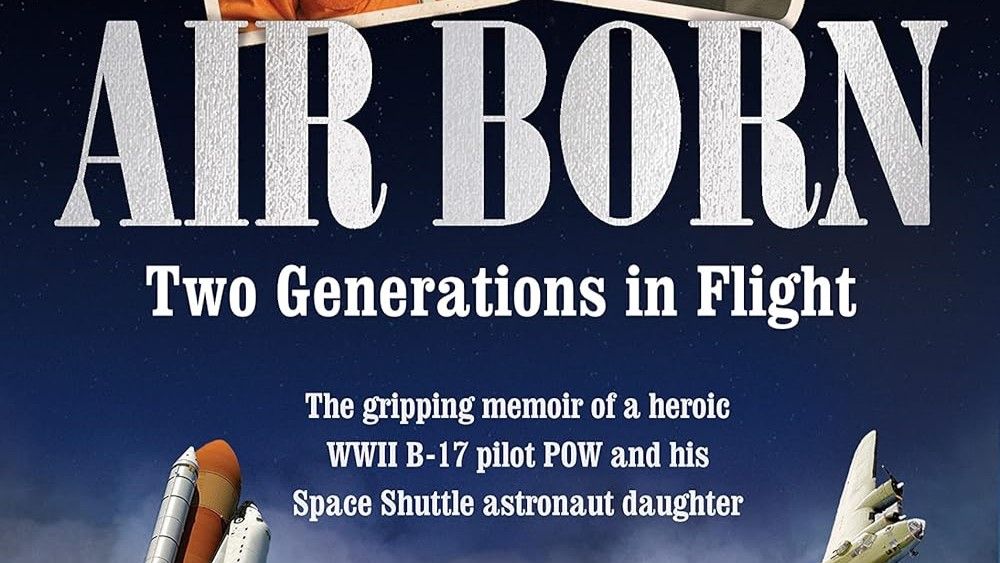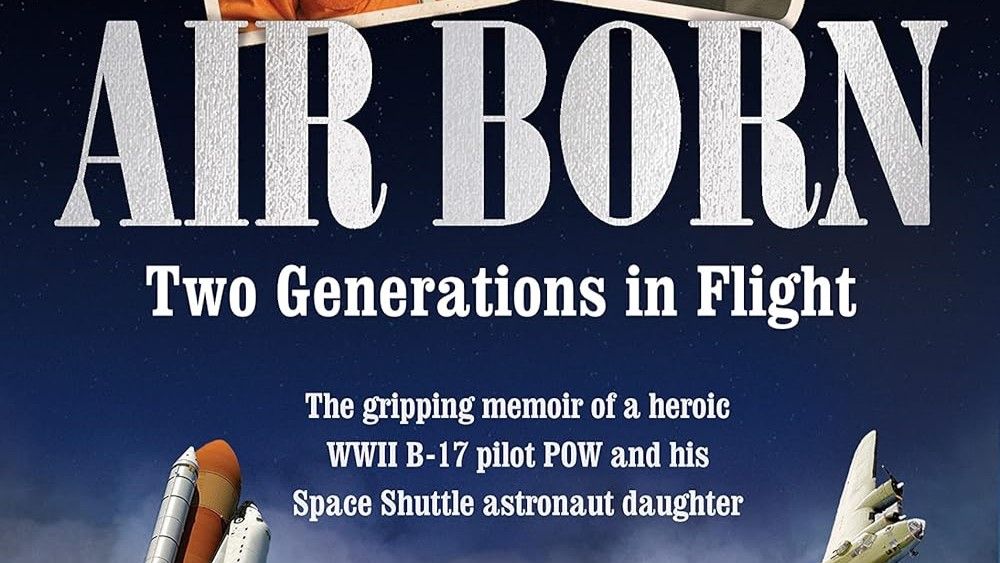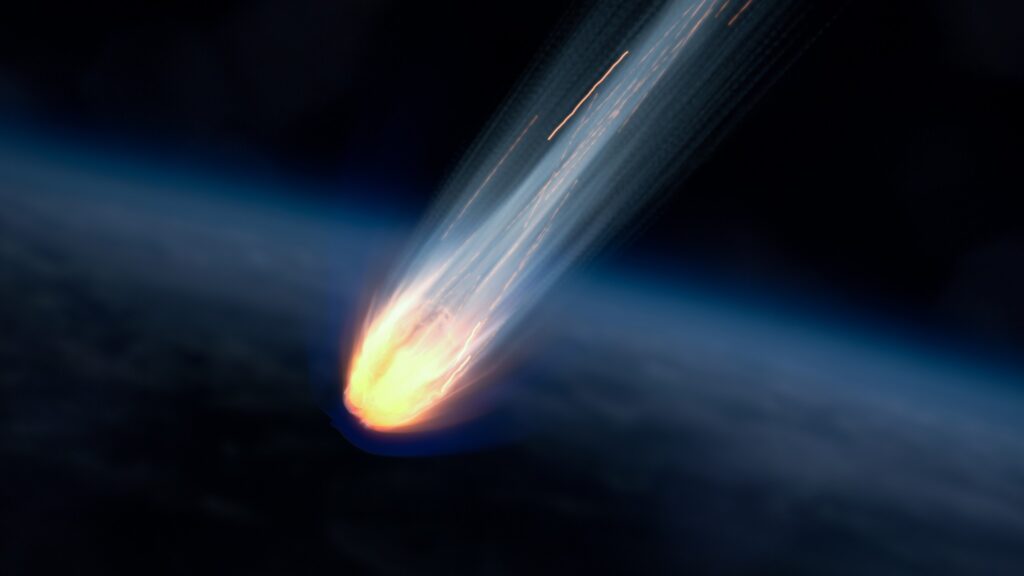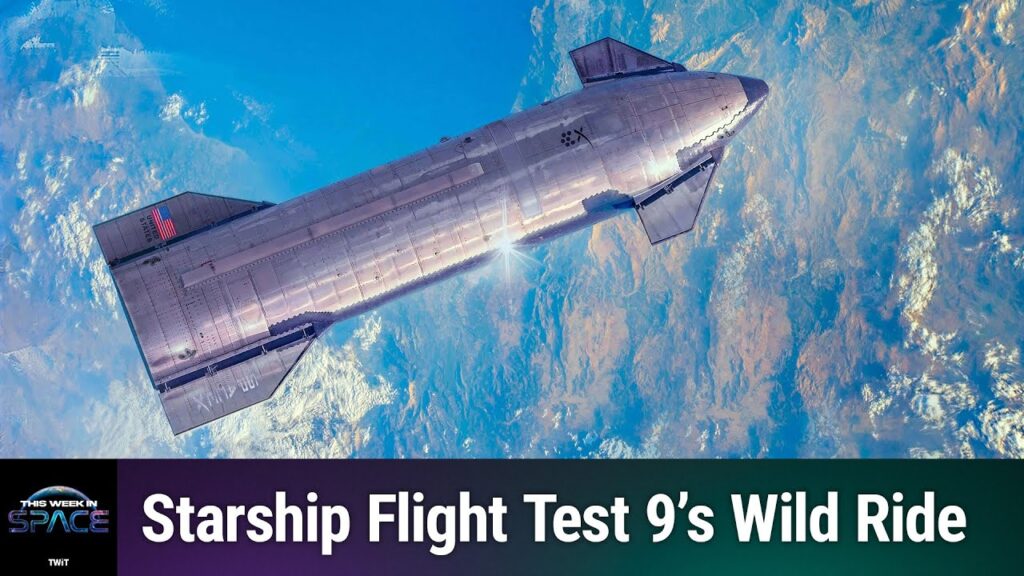
Davis: I was fortunate enough to be hired (at NASA) as an engineer in 1979, before the space shuttle flew in ’81. They were trying to ramp up people to work on not only the shuttle, but also things that flew on the shuttle, which is why I worked on the Hubble Space Telescope, which was amazing.
They had just selected the first group of astronauts to fly in the space shuttle in 1978: 35 astronauts, of which there were six women. So for the first time, the astronauts were not only military test pilots, but also engineers, doctors, scientists. People who would work on the space shuttle as mission specialists. That opened everyone’s eyes as to the opportunities to become an astronaut. Before that time, the military test pilots were all male. Now we had an opportunity for women, and other civilians, and other professional disciplines.
I didn’t really think about it (being an astronaut) at that point, when I started working for NASA, but then when the next class was selected in 1980 it had two women. Someone said to me, “Why don’t you think about that?” And to me, it seemed really far-fetched. I’m like, “Wow, me. How’s that going to happen?” But I looked into it. It turns out about that time I was already in graduate school. My background was what they were looking for, and I knew that I needed to keep going to school to get my graduate degrees.
I also had the opportunity to swim with astronauts in the Neutral Buoyancy Space Simulator (a large pool for practicing spacewalks) here in Huntsville, at Marshall Space Flight Center. They were training astronauts on Hubble there. Since I was working on the Hubble, I was allowed to swim as a diver with those astronauts who are doing their extravehicular activity (EVA, or spacewalk) training. I asked them what else can I do to improve my chances, and basically, I was doing things that they recommended: take flying lessons, and keep going to school, and keep working your best at your job
NASA had this fantastic program — really the government, not just NASA — where they would pay you to go to school. So they not only paid your tuition, but they paid your salary for a year of full-time study, which for me turned out to be a year and a half. That’s how I was able to get my PhD. When I got the call to be interviewed the first time [that I applied as an astronaut], that was a real motivator. They had 5,000 applicants and they only interviewed 128. So, being one of those 128, I was like, “Wow, maybe this is possible. Maybe there’s a chance I can do this.”
I wasn’t selected that year, in 1984, but it made me buckle down and finish that PhD, and then do other things I thought might help even more. In the meantime, in 1986, of course, the Challenger [space shuttle disaster that killed seven astronauts] happened. It put a halt to everything, including my hopes of being an astronaut. I thought that wasn’t going to happen, because the solid rocket boosters that caused the accident were managed by Marshall Space Flight Center. I didn’t think there was any chance that anyone at Marshall would ever be selected.
But I was put in charge of a part of the redesign: not the O-ring part, but a different part of the boosters, for return to flight. I concentrated on that, thinking that I didn’t have a chance of being selected, so I might as well focus on that [my job]. That’s what I did. But then I got the call in 1987 to be interviewed, and that’s the year I was selected.



